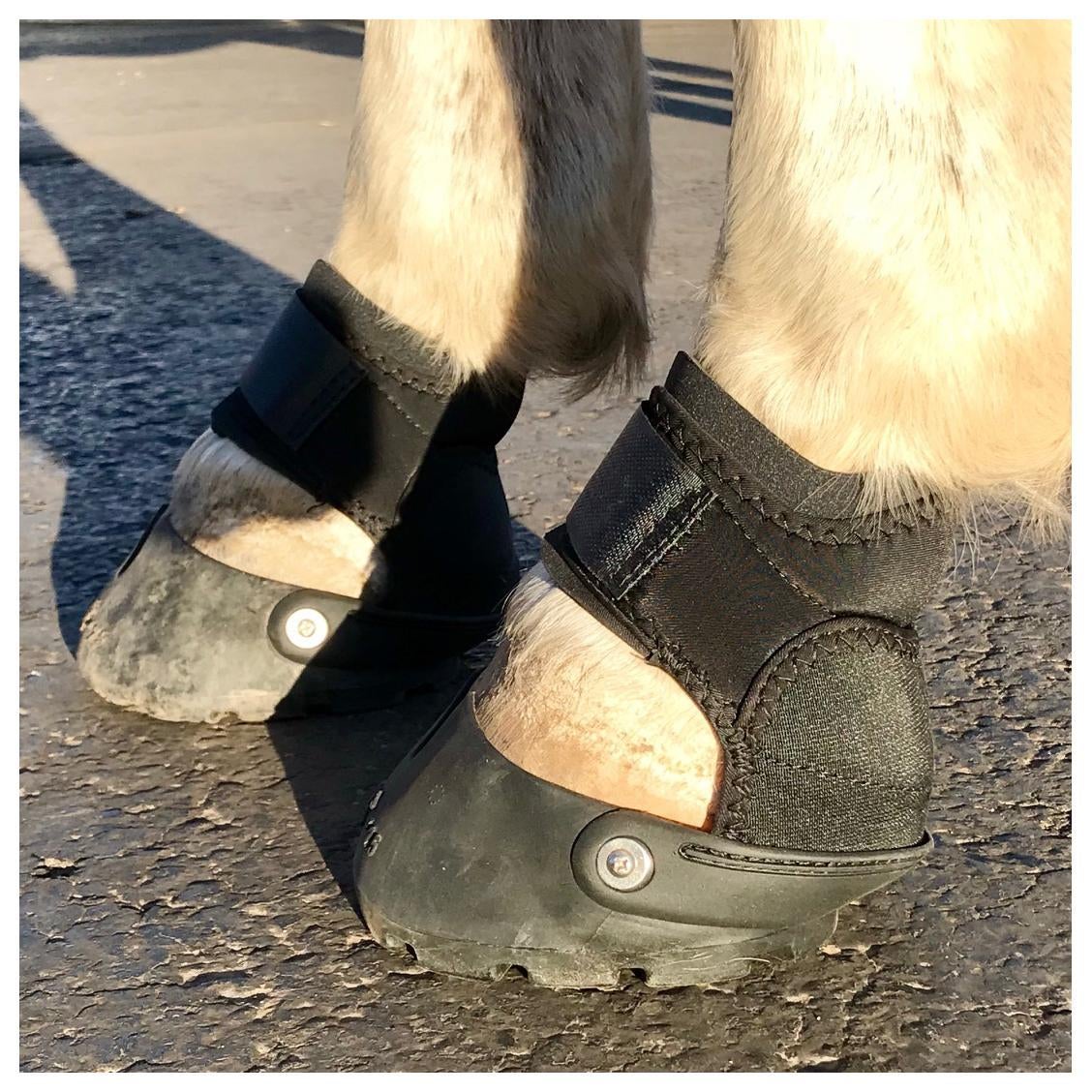
The ribs and shaft are usually constructed from steel, aluminum, and fiberglass, either alone or in combination. Some boast an additional quick-dry coating of Teflon (though we’ve found this doesn’t make much difference in practice). All umbrellas use a synthetic fabric-usually polyester or nylon-for the canopy. What matters: the quality of the design and production, and the specific alloy employed. Materials don’t vary much among brands.But we allowed some wiggle room for the larger stick umbrellas, since you typically tote them more like a cane or walking stick. After all, you’ll probably be carrying it with you most of the time. We sought a main pick that weighed less than a pound, with preference given to lighter models.And on ultra-compact full-size umbrellas, the ribs have four joints rather than two, so there are more potential points of failure. But we don’t recommend ultra-compact models: Though banana-sized umbrellas do exist, their canopies are often too small to be effective. We focused on umbrellas that were shorter than 12 inches fully folded-with the exception of some stick umbrellas-since most people want something that fits into a car’s glove box or a backpack’s water-bottle pocket.By contrast, mini umbrellas are generally no better than a wide-brimmed hat, so we skipped those models. In 20, we looked into larger options, for those who may value extra coverage stretching to the abdomen.


It’s better to think of an umbrella as protection for your hairdo and upper torso as you scurry between car and office or subway and home. Blowing rain and puddles inevitably produce wet calves and pant cuffs, dampened thighs, and even soaked waists. Regardless of an umbrella’s size, no model will keep you dry from head to toe, especially if there’s a breeze. That’s why this is the range for most manufacturers’ standard or “full-size” portable umbrellas.


 0 kommentar(er)
0 kommentar(er)
